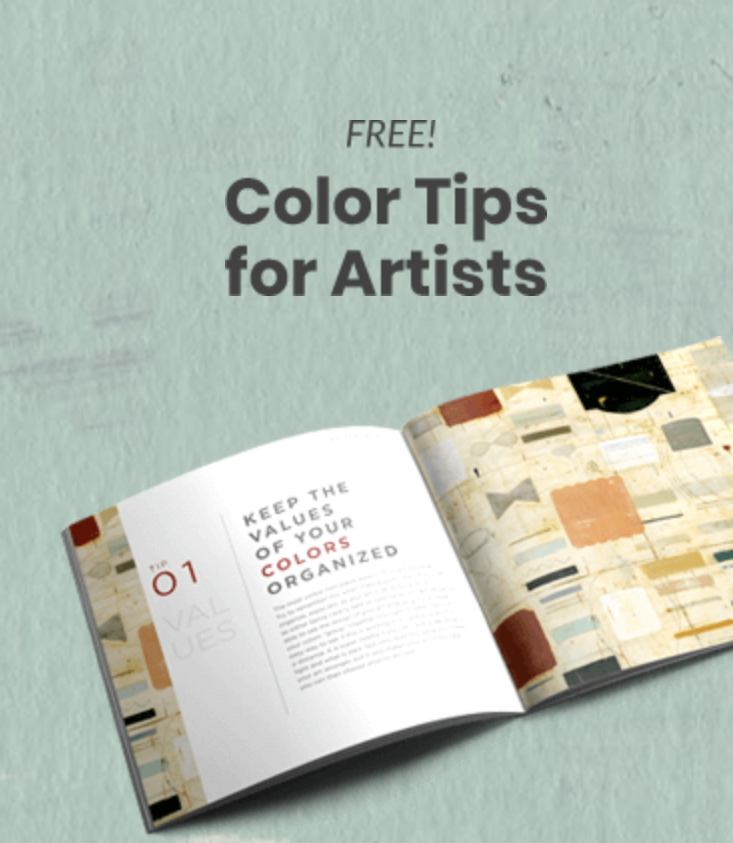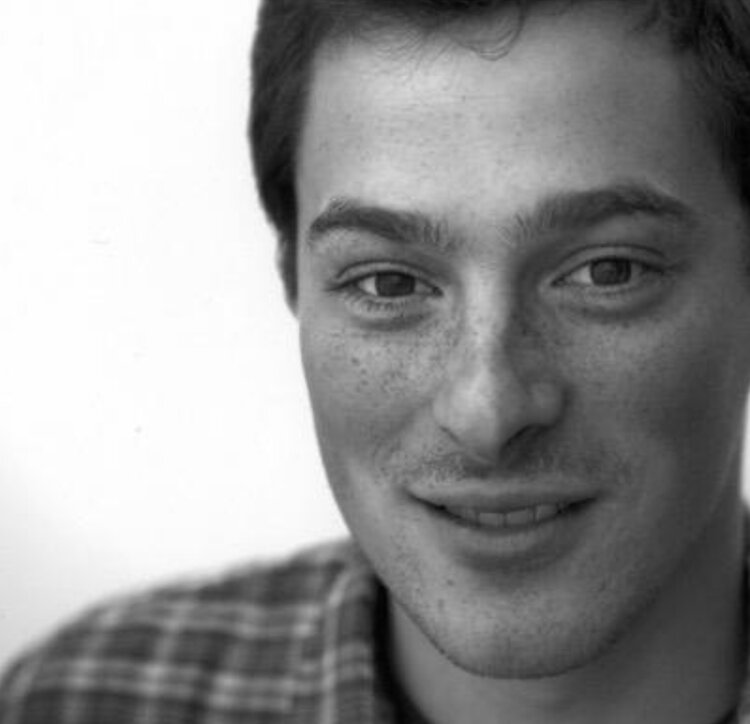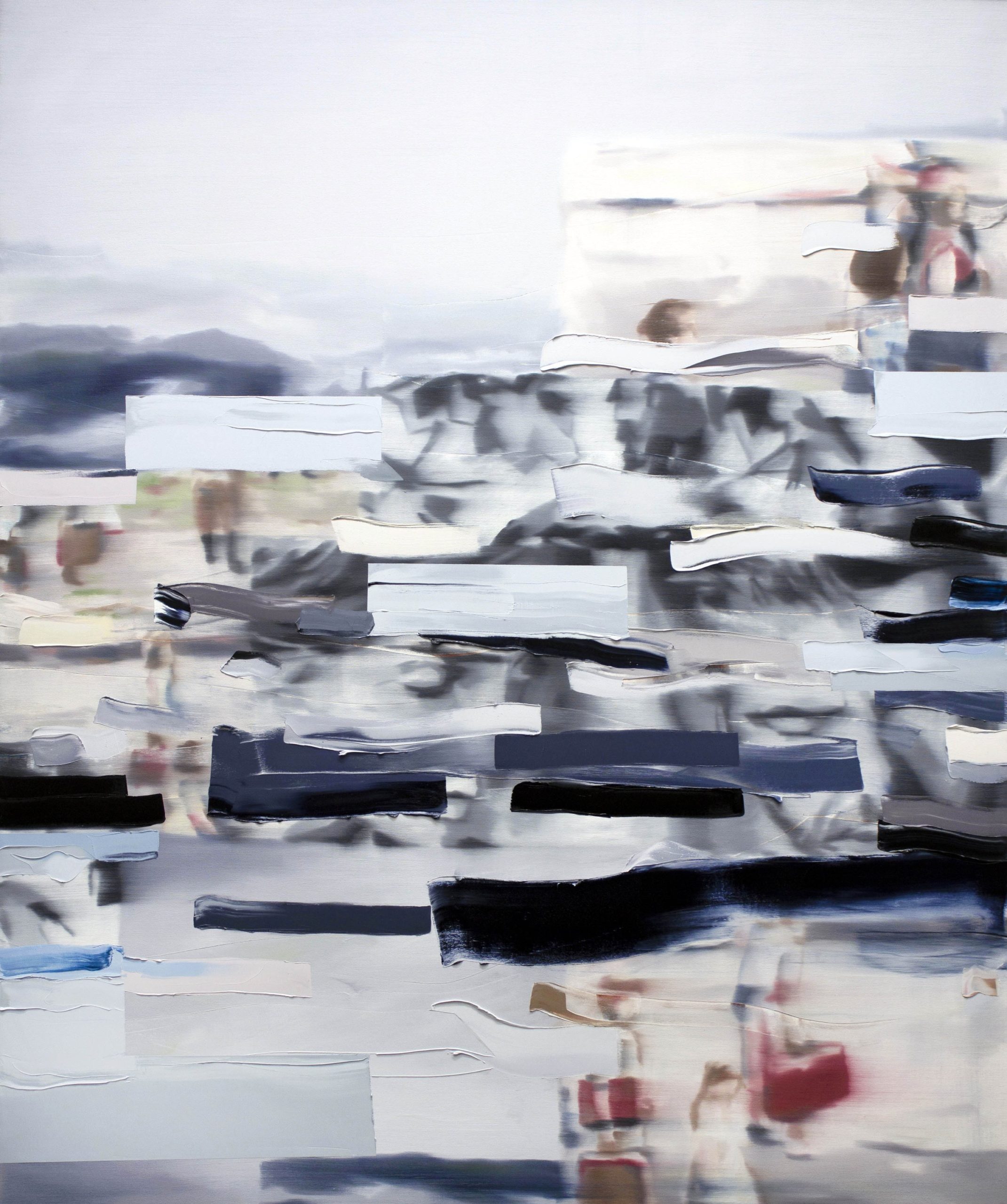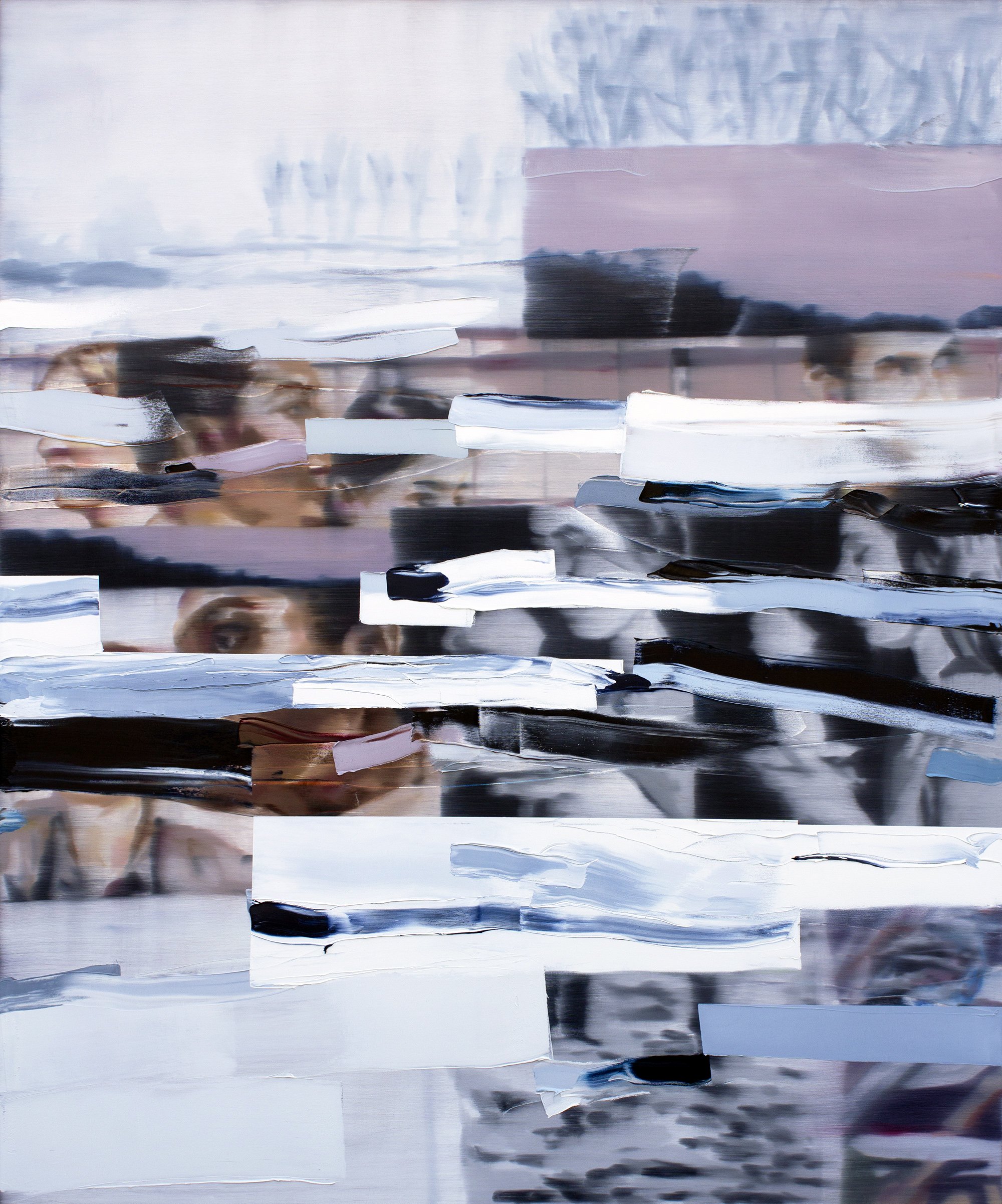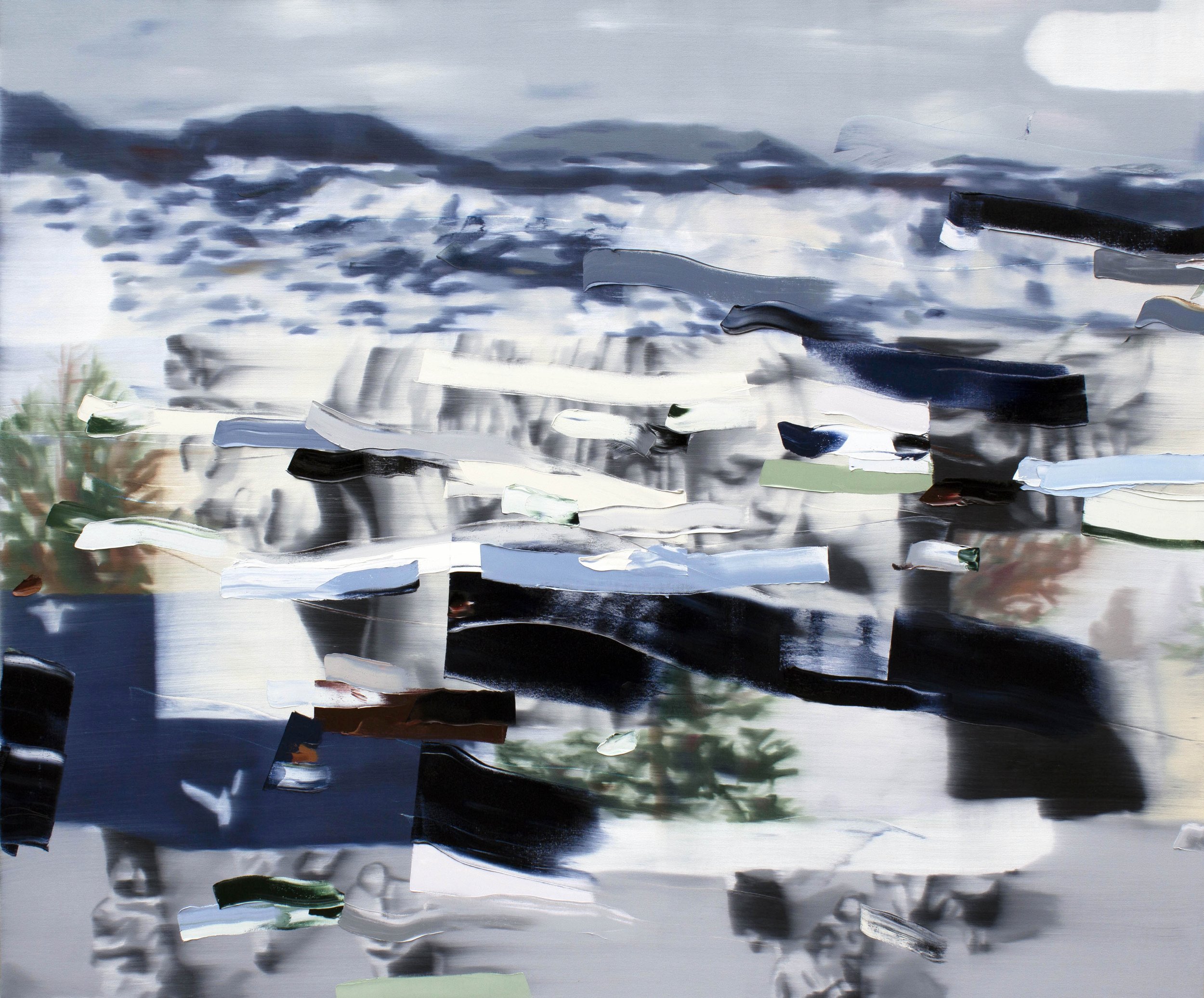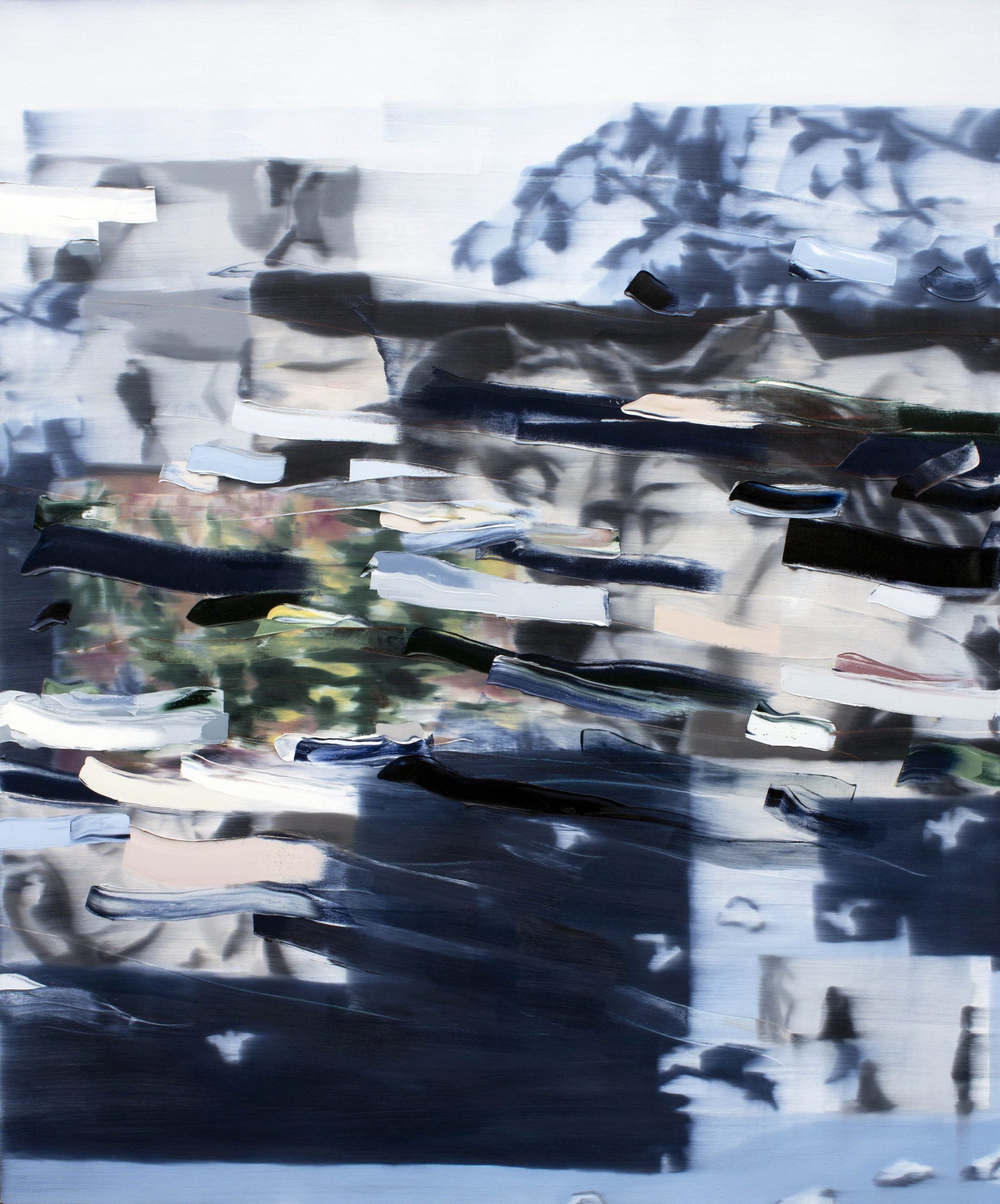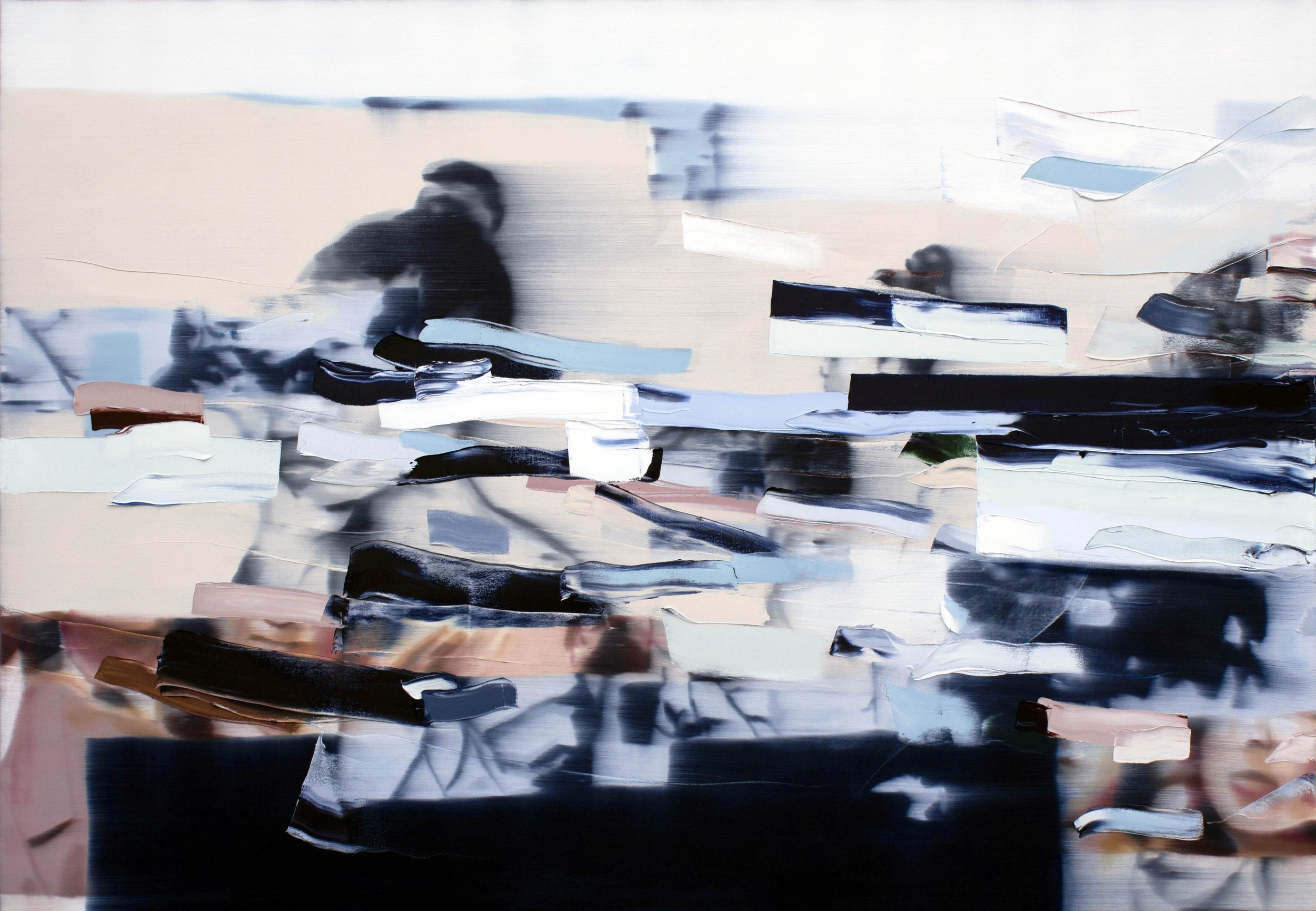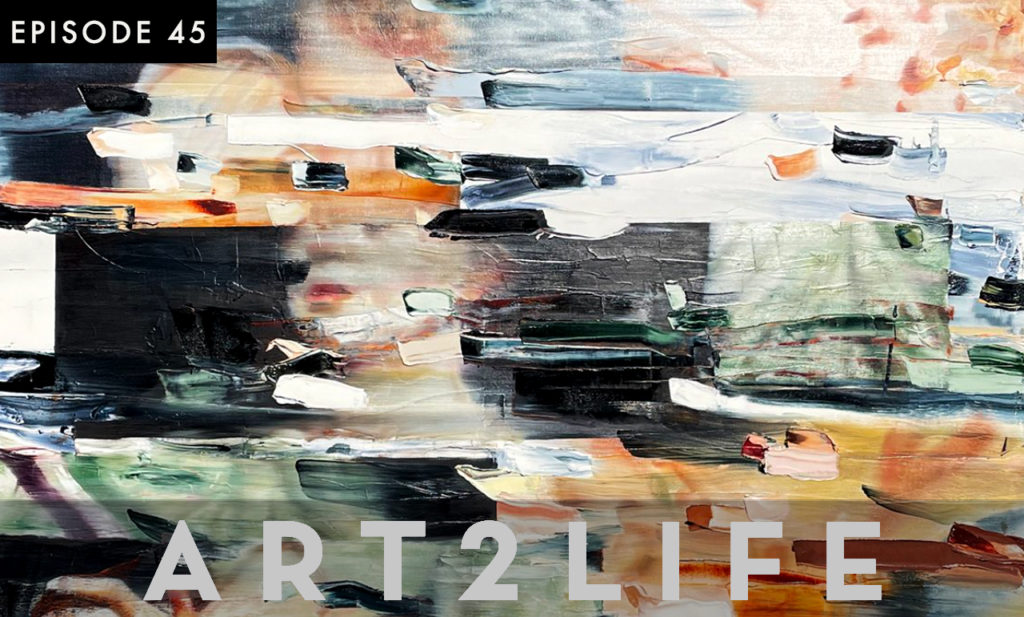
Figuration and Abstraction – Ian Kimmerly – Ep 45
August 31, 2022
ON TODAY’S EPISODE
I love talking to other artists about everything they’ve gathered from their life and then distilled into their art. This, in the most straightforward way, is what artists do. All the ingredients are different for each of us, but where one’s art truly becomes singular has to do with the sensitivity and skill in juxtaposing the differences between those ingredients.
Meet Ian Kimmerly. Here is a partial but incomplete list of the contrasts in his art: His work feels realistic but also dreamlike. It is specific but elusive. Figurative but also abstract. Planned but intuitive. Illusionary but factual. Intimate but universal. Ian’s work draws you in so close, but he can somehow hold you at arm’s length as well.
As complex as all these elements sound, one only needs to see his work to instantly get the feeling or sense that we have all been here before. His pictures are of our life. Ultimately they connect us or at least hold out that invitation. How this remarkable work has come about is the thrust of my conversation today with Ian. His humility and approachability are refreshing, but it is the insanely refined, nuanced thinking behind his art that took my breath away.
Listen if you are interested in…
- Getting to know Ian Kimmerly [2:30]
- How Ian began blending the various elements of his artwork [7:49]
- Identifying the contrasts in Ian’s work [12:36].
- Exploring Ian’s use of light and dark and the logistics of his art creation [19:39]
- Balancing figurative and abstract moments in the work [28:25]
- Finding nature in a digital landscape, depth and layering, and diving into Ian’s process [33:26]
- The challenges of Ian’s art practice and creating more from less [42:06]
Making a moment
Ian Kimmerly’s art can best be described as multiple things happening simultaneously to create a moment. What is that moment exactly? Picture being on a crowded city street or in a bustling airport. So many things are happening at once that it’s hard to focus on any particular thing, yet there is a very specific feeling generated from being in that environment. Ian’s work is exactly what it’s like to both experience a place and remember that experience. The figurative elements bring the memory to life, while the abstract helps it slip away.
Ian has always been fascinated by the multi-functionality of paint on a single canvas. It can function as both image and material, creating an irresistible artistic tension. The resulting illusion facilitates an existential experience where the paint is paint, but it’s also something else entirely. Ian uses paint to create a sense of depth through layering. He loves crafting imagery where things feel like they’re unraveling or floating by. Ian achieves this by placing paint in front of and behind his images while scraping away and editing as needed. It creates an overall flow within the work that is free of stopping points and generates the feeling of movement as your eyes take it in. This allows you to experience the painting all at once and get lost in the moment.
Creative chance
One of the most unique aspects of Ian’s art-making process is the element of chance. He starts most pieces with a visual collage where he cuts out pictures and throws them all over a large table in his workshop. This assortment of personal photos and magazine clippings is where most of Ian’s ideas come from. He allows the random placement of these elements to determine the starting direction for his next project. While Ian loves having a plan and executing it well, he wants the art process to be more of an evolving conversation. His next step is to use acrylic paint to draw a representation of the initial collage, changing placement and scale as needed. This allows him to use the outline as a sort of “paint by numbers” guide as he covers the canvas in wet oil paint, once again randomizing the final result from its source material. Ian loves playing with shapes in this layer as he tries to evoke an emotional response with the culmination of all his creative puzzle pieces bleeding together.
Simplify your subject matter
Subject matter is often one of the chief concerns for artists just starting out. So much weight is placed on needing to say something in the work and figuring out what to say that it can cause creative paralysis. However, Ian’s advice is to simply start with the things you respond to. You don’t have to know why you are drawn to something to explore it on the canvas. The painting often reveals itself if you can find a way to start. Ian also notes that self-awareness is extremely helpful for starting in his art practice. Journaling helps him keep track of his thoughts so that he can form cohesive ideas for future projects. These written reminders can be as simple as a single word to help focus his mind on the creative endeavor ahead. Whenever Ian gets stuck, he tries to narrow his subject matter down to a single idea from his journal. Choosing something that you’re already invested in is a great starting place for any artist. Following what sparks your creativity will ultimately pull you into a deeper conversation with your art if you let it. Listen to this episode for more artistic insight and check out Ian’s show opening at Dolby Chadwick Gallery on Thursday, November 3 from 5:30-7:30pm!
Connect with Ian Kimmerly
- Check out Ian’s website
- Follow Ian on Instagram
Connect with Nicholas Wilton and Art2Life
Get the Free COLOR TIPS PDF here
- Follow the Sunday Art2Life Vlog here
- Follow Nicholas Wilton’s Art on Instagram
- Follow Art2Life on Instagram
- Like on Facebook
- Subscribe on Youtube
Subscribe to Art2Life on
Apple Podcasts, Spotify, Google Podcasts

Hi! I’m
Nicholas Wilton
the founder of Art2Life.
With over 20 years experience as a working artist and educator, I’ve developed a systematic approach that brings authenticity, spontaneity and joy back into the creative process.
Join me and artists from all over the world in our Free Art2Life Artists Facebook Group or learn more here about Art2Life.
